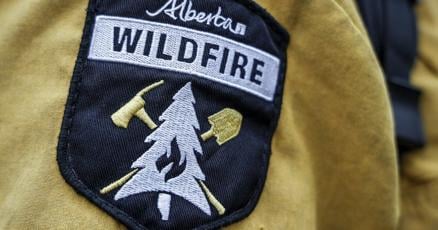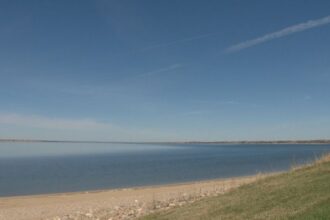A fast-moving wildfire southwest of Grande Prairie has forced hundreds of residents to flee their homes this weekend, as emergency crews battle against challenging conditions to contain the blaze threatening Alberta’s Peace Country region.
The evacuation order came suddenly Saturday afternoon when the wildfire, which had been smoldering for days, suddenly intensified amidst gusting winds and unseasonably dry conditions. County officials immediately issued a mandatory evacuation order for residents in multiple subdivisions, including the Grovedale area.
“We had approximately 15 minutes to gather essentials before the smoke became too thick to see through,” said local resident James Thornton, who evacuated with his family. “The speed at which this fire accelerated caught everyone off guard.”
Alberta Wildfire officials confirmed that the blaze has already consumed over 1,200 hectares and is classified as out of control. The combination of high temperatures, low humidity, and strong winds created what fire behavior analysts call “a perfect storm” for rapid fire spread.
Emergency response teams have established evacuation centers in Grande Prairie, where displaced residents have access to food, shelter, and emergency support services. The Alberta Emergency Management Agency has mobilized additional resources, including water bombers and specialized firefighting equipment from neighboring provinces.
“This is an all-hands-on-deck situation,” said Fire Chief Marta Rodriguez. “We’ve positioned crews strategically to protect critical infrastructure and residential areas, but this fire is demonstrating extreme behavior that makes containment challenging.”
The wildfire threatens not just homes but also vital energy infrastructure in the region. Several oil and gas operations have implemented their emergency protocols, with some facilities initiating controlled shutdowns to ensure worker safety.
Local officials are working closely with industry partners to coordinate response efforts. This marks the third major wildfire emergency in Alberta this year, raising concerns about the increasing frequency and intensity of wildfires in the province’s northern regions.
Climate scientists attribute this trend to longer, hotter summer seasons and changing precipitation patterns across Western Canada. Data from Environment Canada shows this summer has been approximately 2.5 degrees Celsius warmer than historical averages for the region.
For residents awaiting news about their homes and communities, the uncertainty is taking a psychological toll. “Not knowing if you’ll have a home to return to is devastating,” said evacuee Sarah Jenkins. “We’re getting updates, but the situation changes hourly.”
Provincial officials have announced emergency funding will be available for affected residents, with details expected to be released in the coming days. Meanwhile, Highway 40 remains closed in both directions south of Grande Prairie as smoke continues to reduce visibility to dangerous levels.
As crews continue their battle against the blaze, Albertans are once again facing the harsh reality of wildfire season in a changing climate, where communities must remain vigilant and prepared for rapid evacuation with little warning.
For the latest updates on evacuation orders and fire status, residents should monitor official CO24 Breaking News channels and emergency management communications.

























